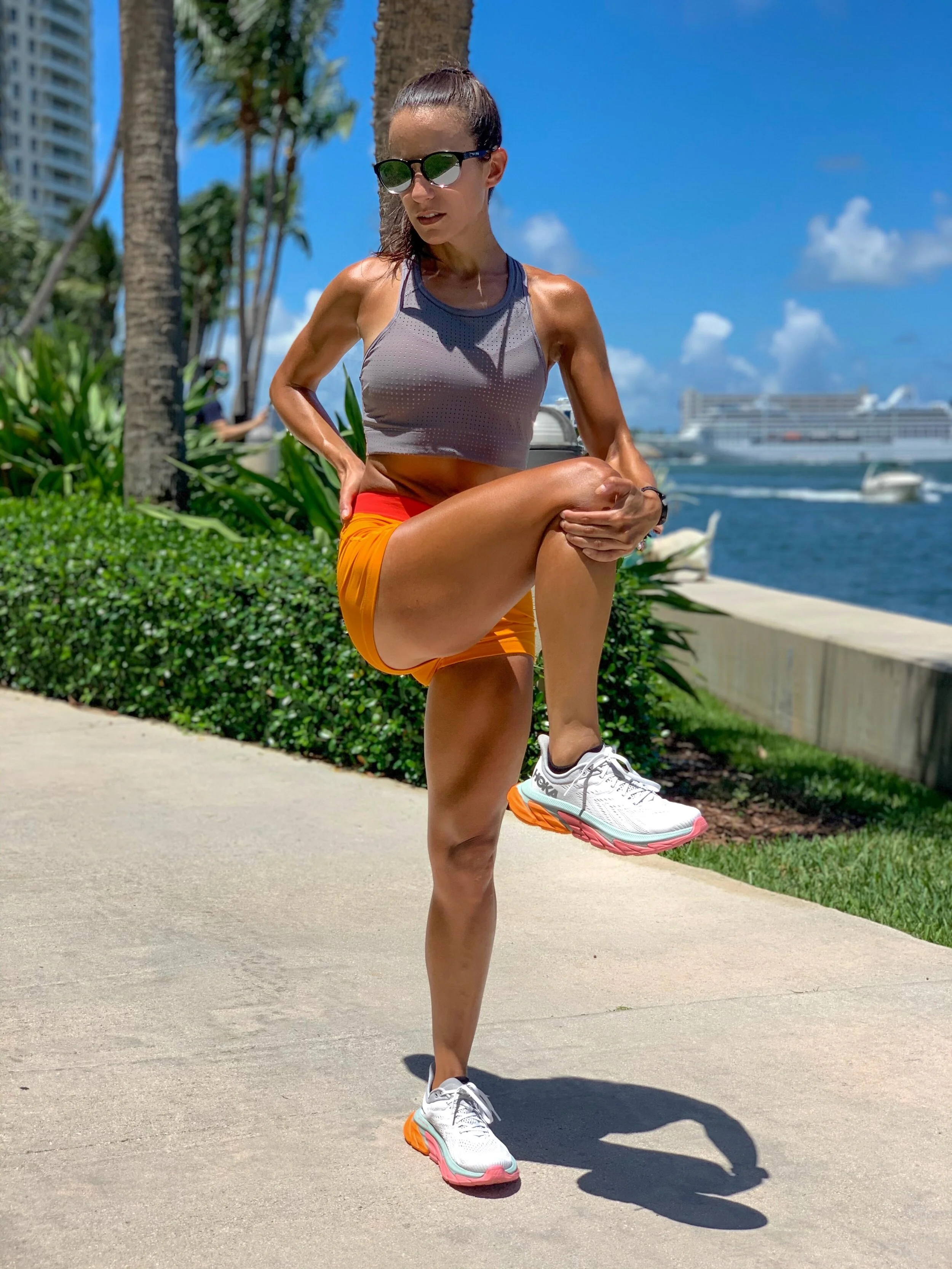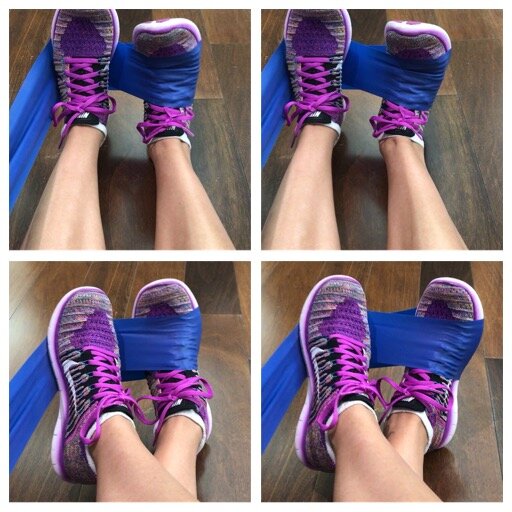Sponsored by Zappos Running. All opinions are my own.
Is heel striking really that bad for you? This is a common concern in the running community and has been a topic of debate for years. An extended amount of research has been done on foot strike patterns but has ultimately been inconclusive as to whether it actually is the cause of injuries and/or limits performance in any way. Poor performance and injuries are usually caused by a mixture of things—overall weakness, history of other injuries, overtraining, and faulty form, all together are major culprits, among others. Believe it or not, wearing the wrong types of shoes for YOUR feet can be a primary cause as well. The good thing is many shoe brands are coming out with so many options that it’s actually not so hard to find a good pair—as long as you do your research!
I was lucky to get my hands on a pair of HOKA ONE ONE Clifton Edge from Zappos and was impressed from the moment I tried them on! First off, the color choices, although only two, are amazing, so I’ll probably make a purchase for the moonlit ocean color very soon! Zappos offers a free VIP membership program that comes with a package of benefits like free expedited shipping, free returns for 365 days, excellent customer service, along with their incredible selection of products.
Running with Less Impact—Yes Please!
If you are a distance runner, you know the trauma that running all the miles can do to the body. I, myself, love a high mileage program. It’s worked for me for years, but only if I incorporate the proper recovery and take care of my body. The HOKA ONE ONE Clifton Edge has a visible extended heel that may scare some runners into thinking it will limit their pace or just feel uncomfortable, but my review on this feature is a positive one. It actually felt the opposite for me—it made the constant pounding feel much less impactful.
I am a big heel striker, which used to make me anxious until I learned that it’s actually not directly linked to injuries after all. The problem with heel striking is that it shoots the pounding all the way up the joints. Within the first few steps of taking my Clifton Edge out for a short, easy run, I noticed the shoe actually promotes a more mid-foot strike pattern. This is a plus for me, because it made the transition into the push-off phase much smoother. In turn, I felt since the shoe created this mid-foot strike on impact, it allowed me to apply a slightly better forward lean, which is part of good form! Of course, any permanent form improvements are made by the runner, not the shoe!
The Best of Both Worlds
An extremely lightweight shoe is usually not the most cushioned one. The HOKA ONE ONE Clifton Edge, although a narrower shoe, provides a comfortable ride compared to what you may think when holding the shoe by hand. The Women’s shoe weighs about 8 ounces, which is on the lower to medium end of most supportive shoes. Instead of feeling tighter with the narrow fit, it felt more “fitted”—meaning the materials conformed to the shape of my feet as to support them. It has just enough cushioning to protect my feet during long runs, but not so much that it compresses my foot when I want to go fast. I have a neutral foot and gait pattern so this stability pair was perfect for me for runs of any distance.
So far I’ve taken my Clifton Edge out on a short 45-minute easy-paced run and a 90-minute aerobic run and they felt just right! I’m looking forward to trying this pair out for race-paced workouts and hill sessions, since the comfortable ride and smoother heel-to-toe transition are more ideal for fast and higher impact running. If you are a neutral runner looking for a lightweight shoe that’s also super good-looking, I highly recommend the HOKA ONE ONE Clifton Edge from Zappos. Don’t forget to sign up for the VIP membership and take advantage of the many benefits!





















